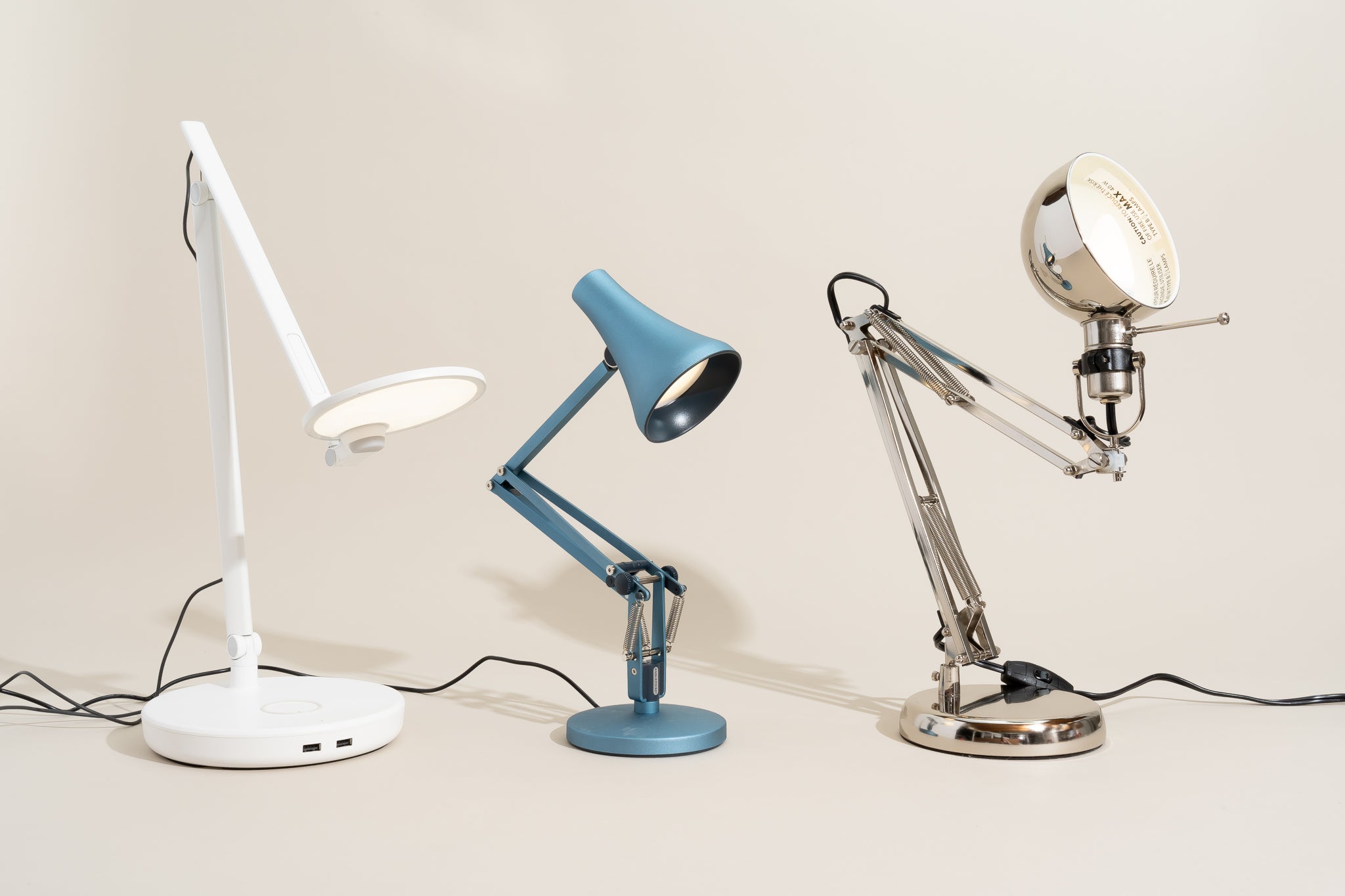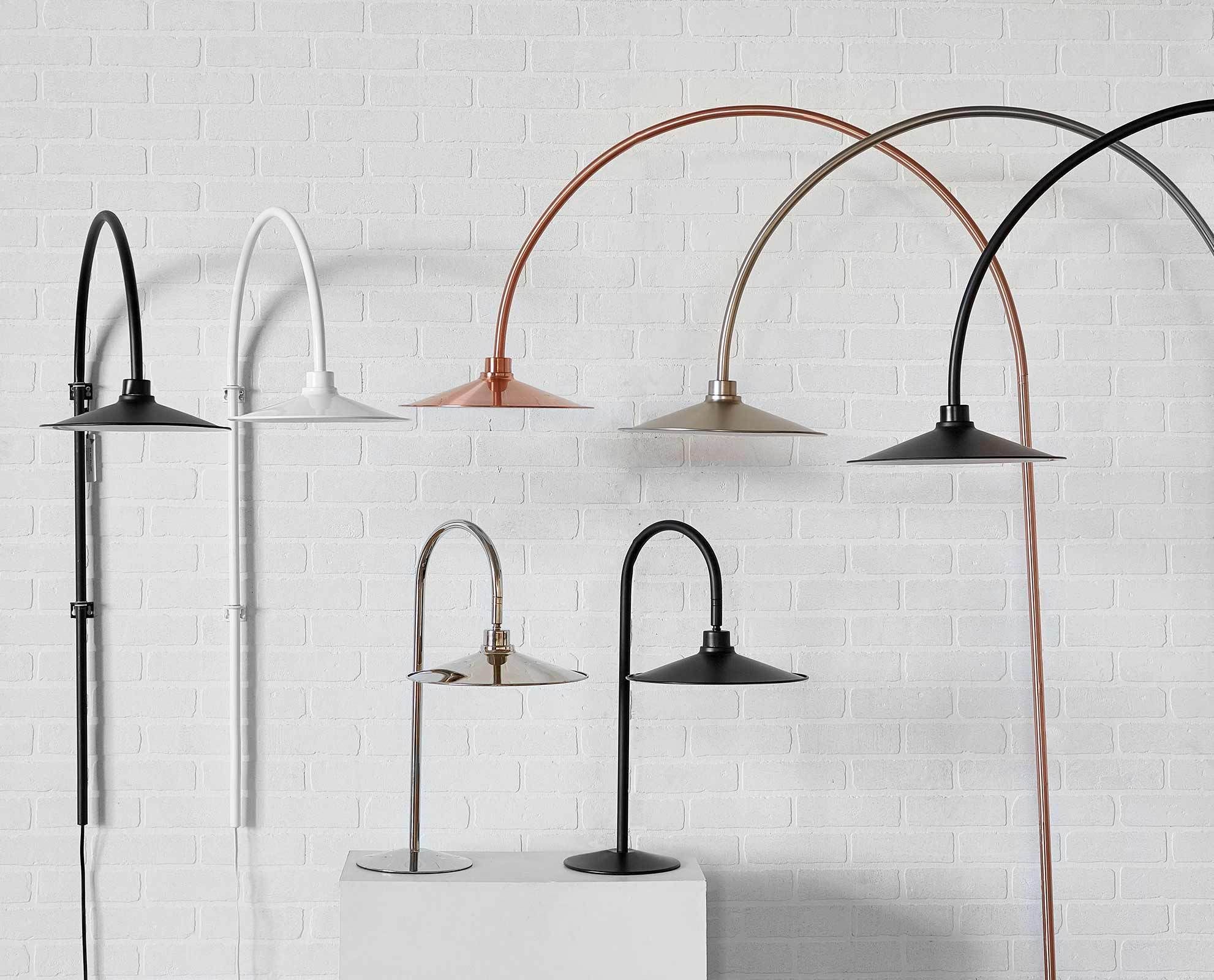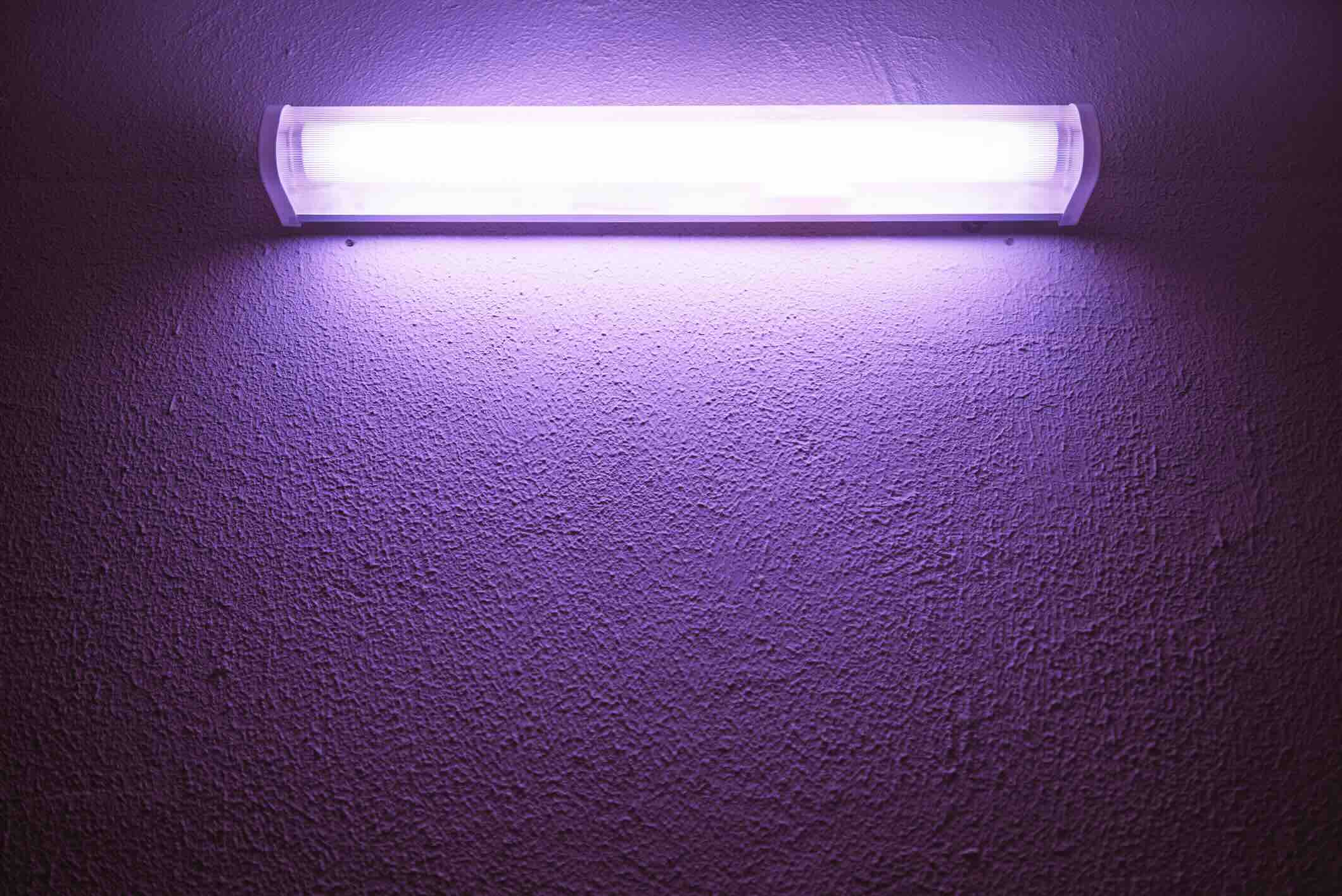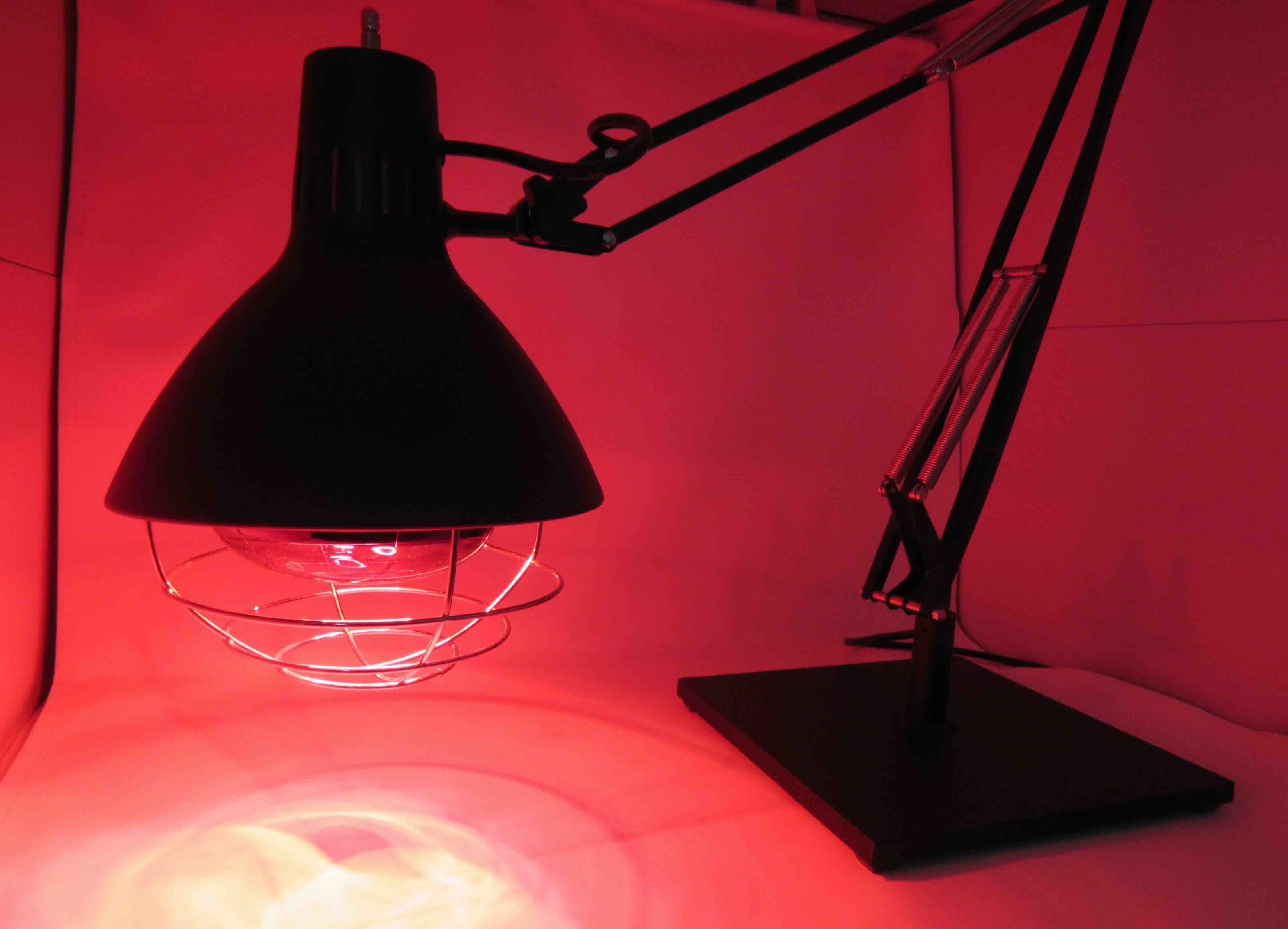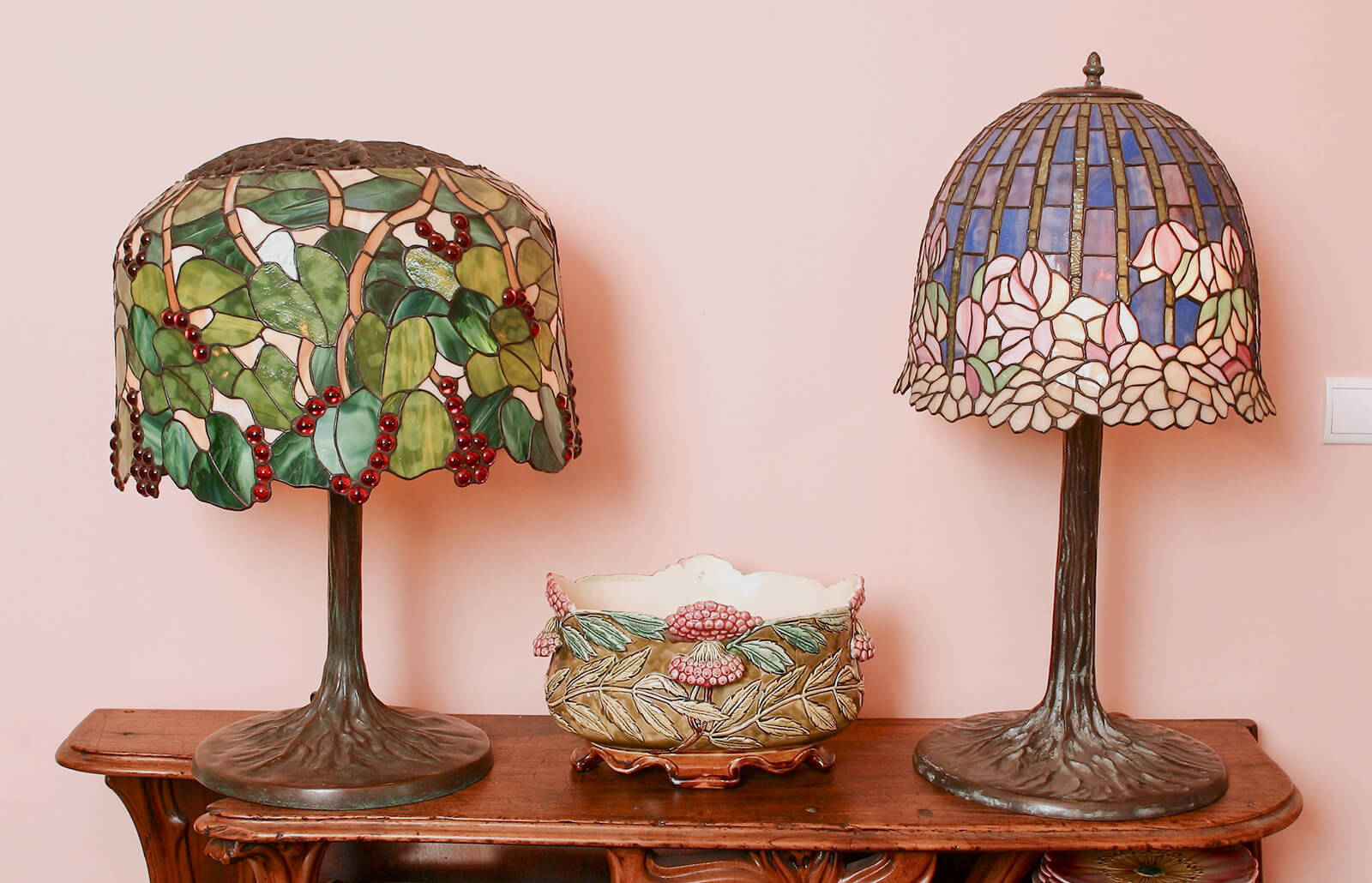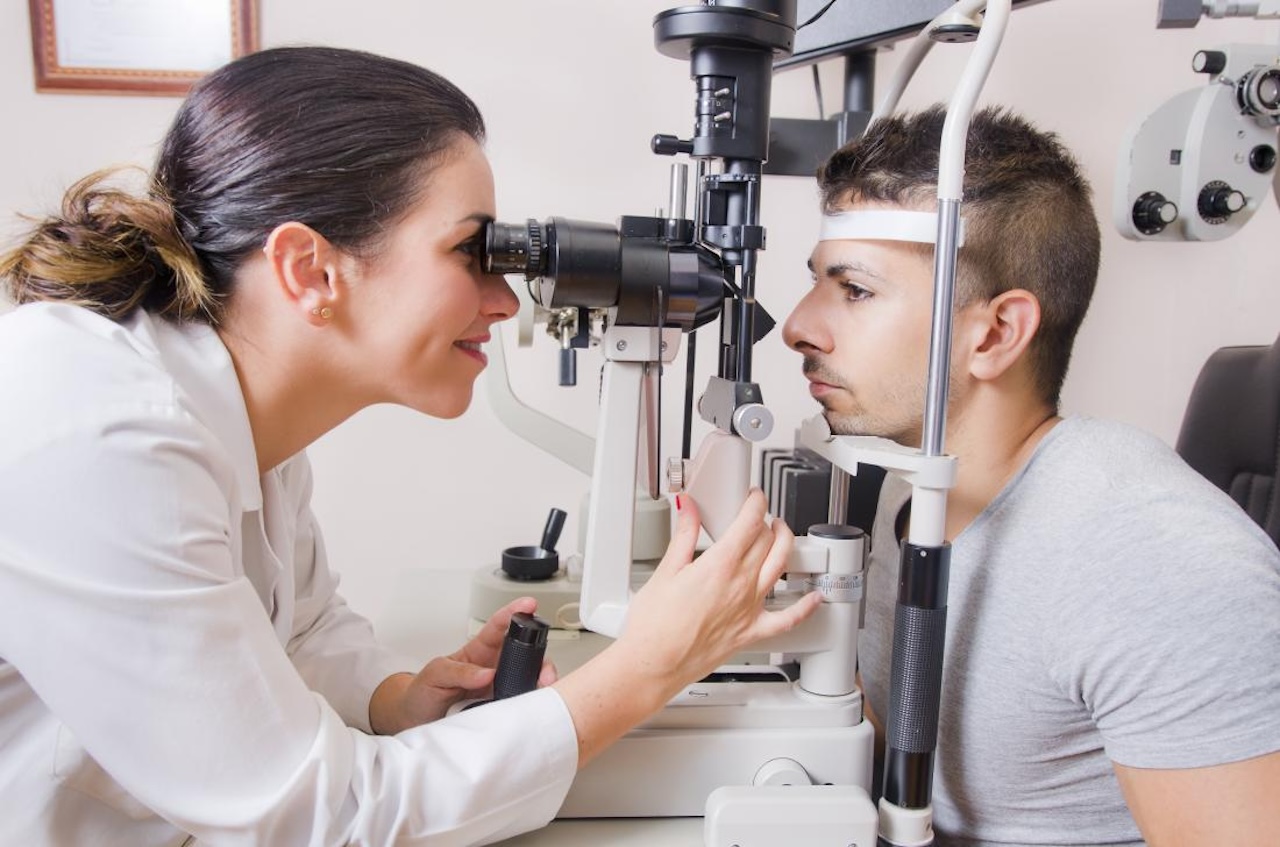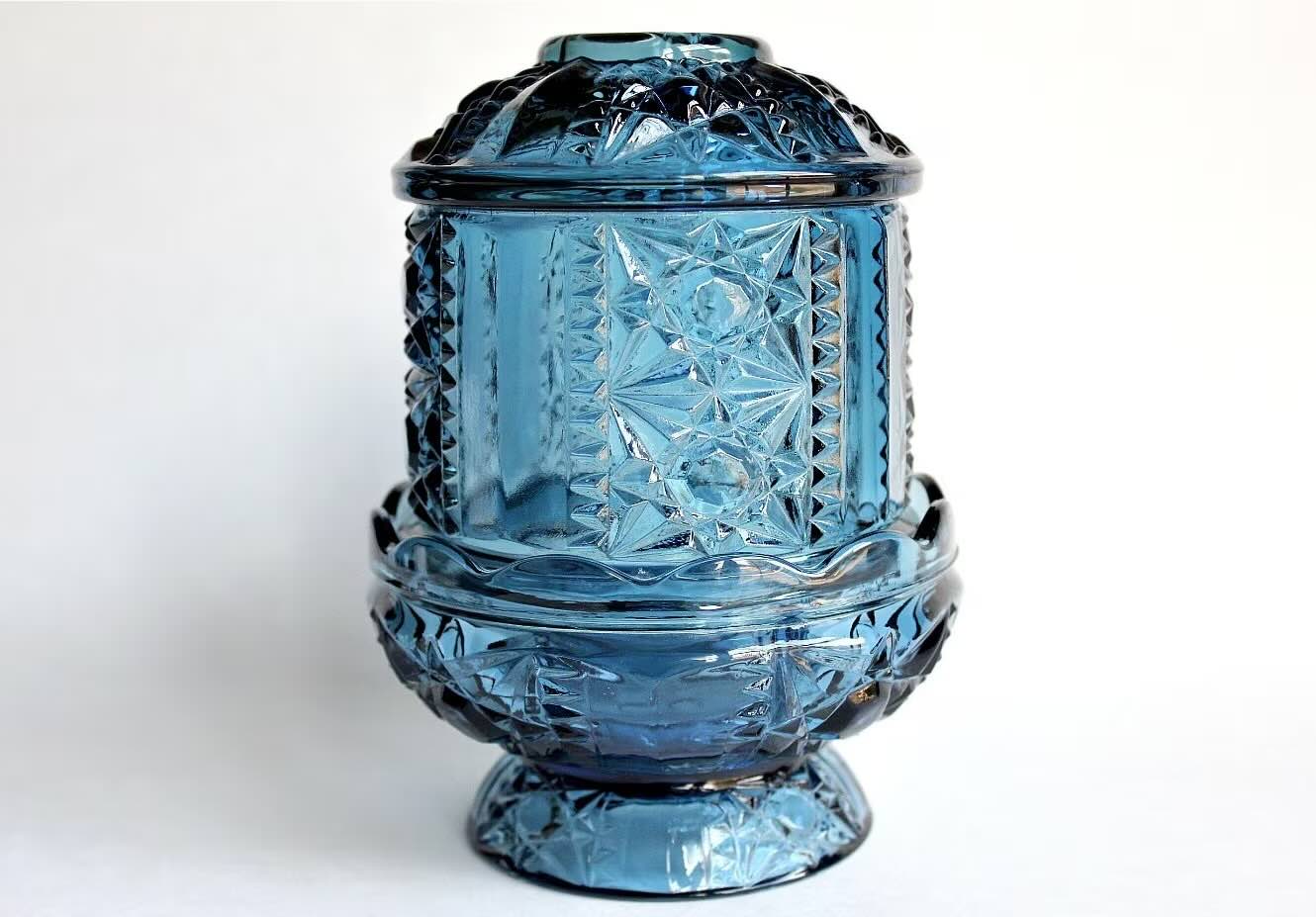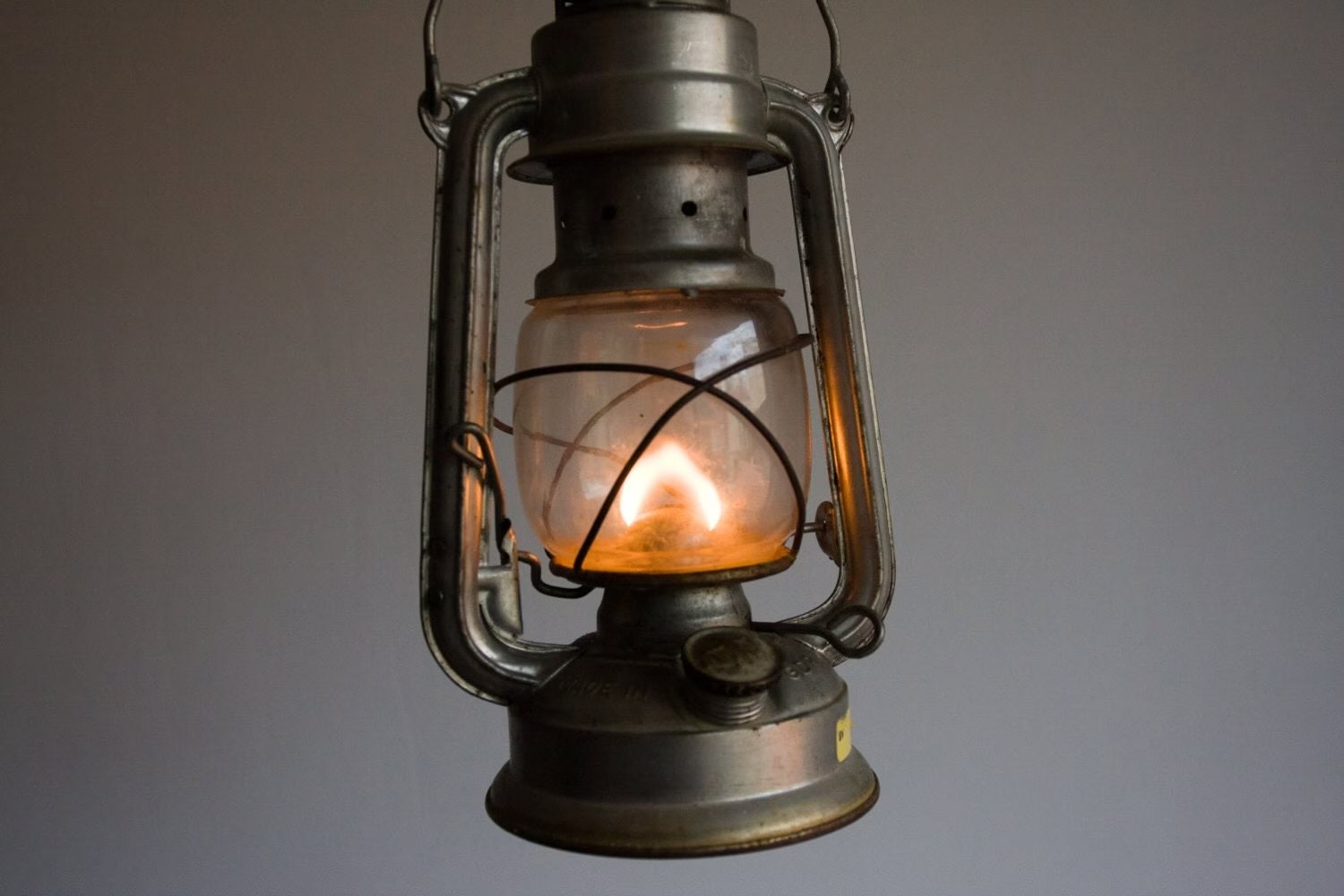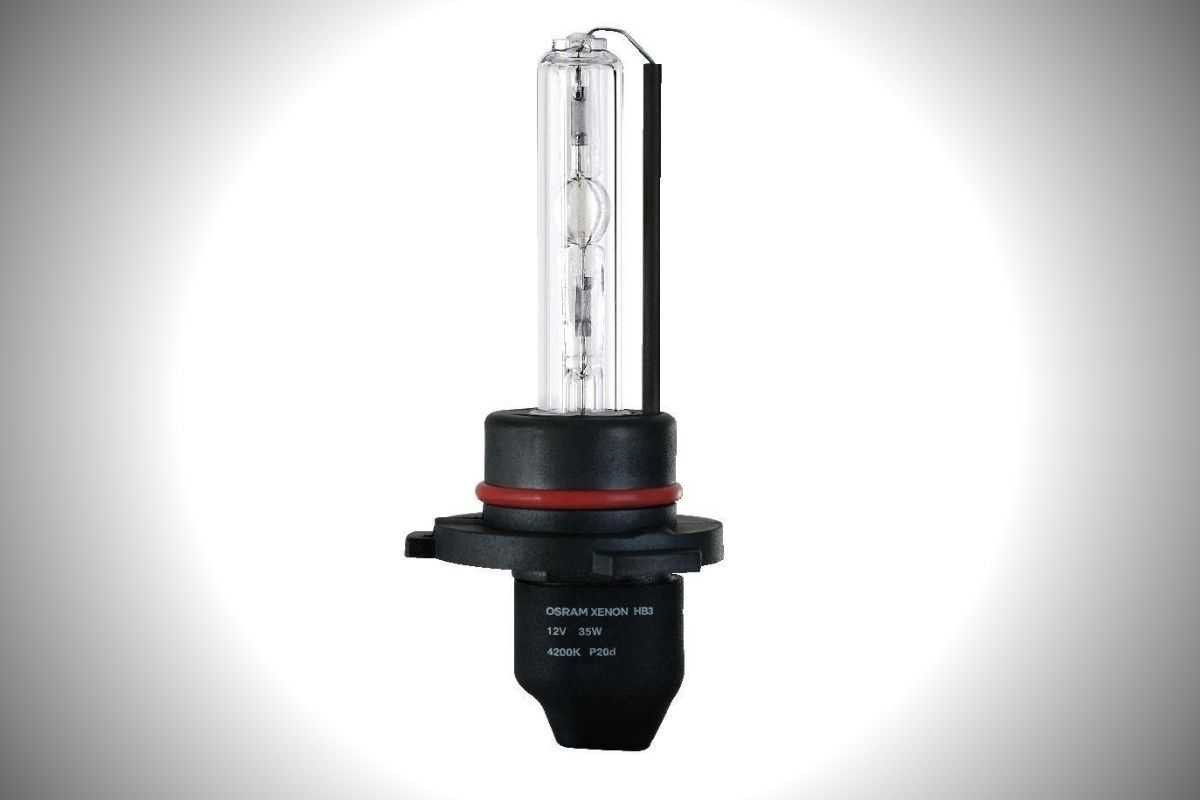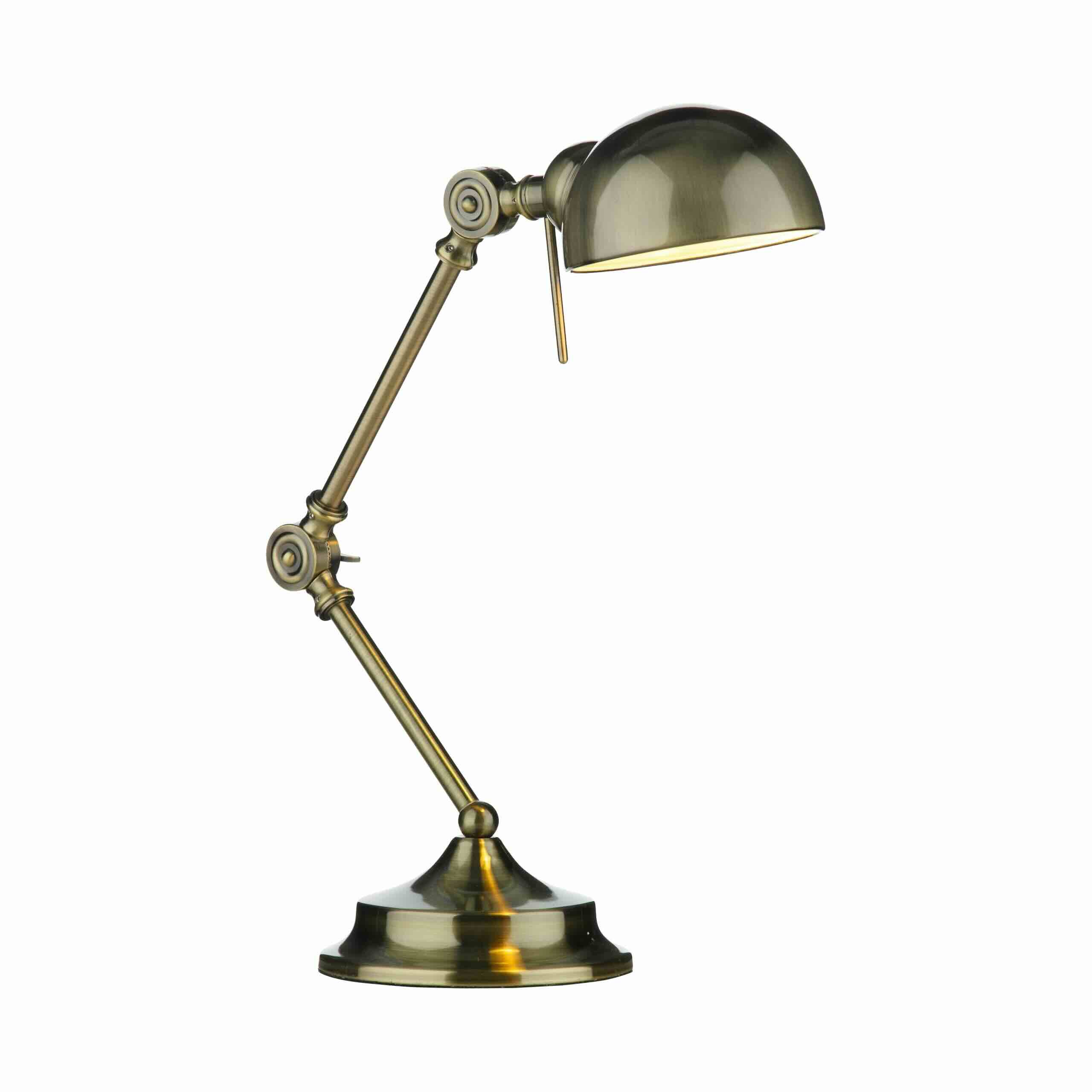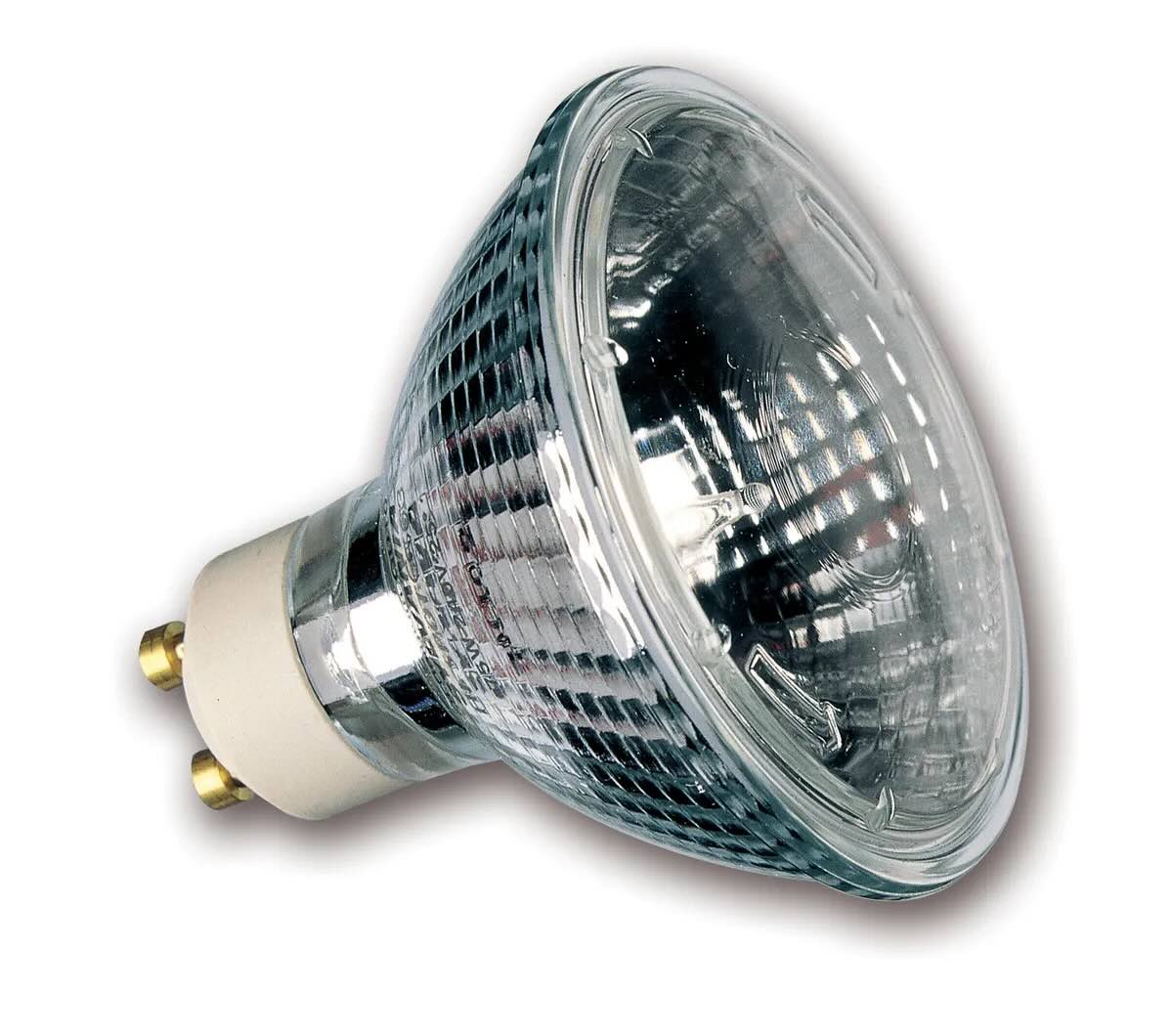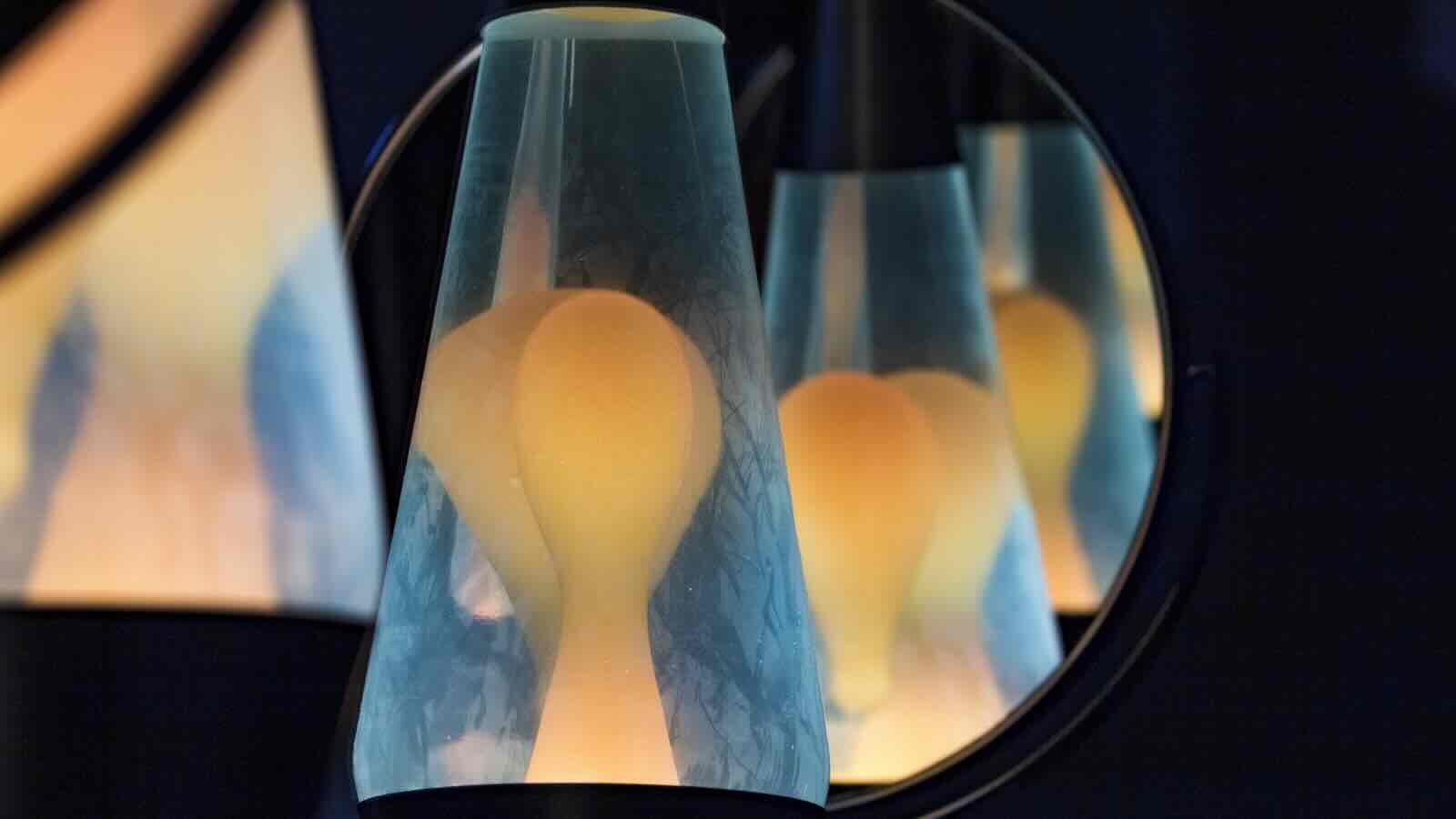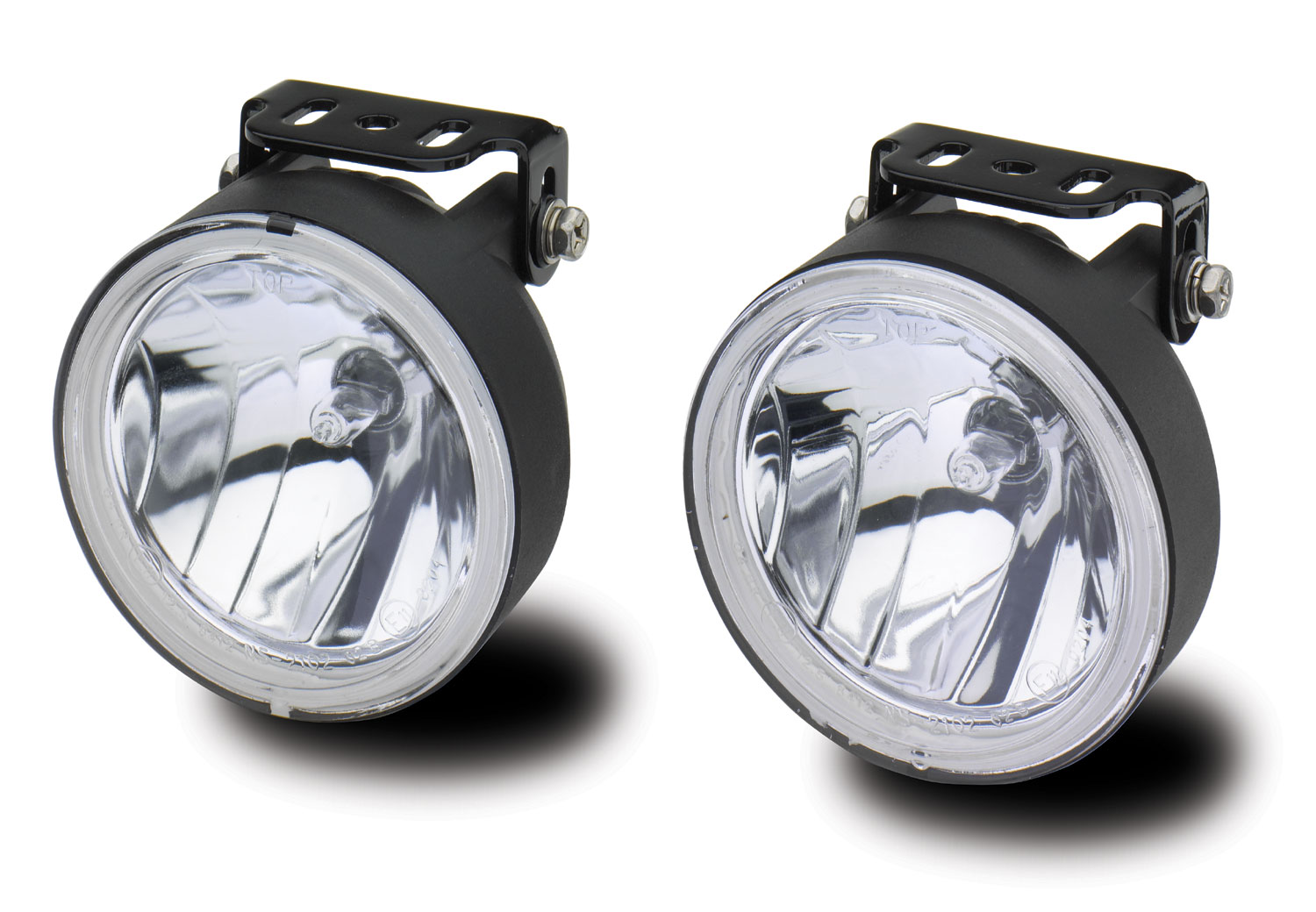

Furniture
What Is A Fog Lamp
Modified: December 7, 2023
Learn all about fog lamps and how they can enhance the safety and aesthetics of your furniture. Choose the right fog lamps to add a touch of style and functionality to your home decor.
(Many of the links in this article redirect to a specific reviewed product. Your purchase of these products through affiliate links helps to generate commission for Storables.com, at no extra cost. Learn more)
Introduction
Welcome to the world of fog lamps! If you are a fan of automobiles, you have probably heard of fog lamps before. These specialized lights play a crucial role in enhancing visibility during foggy conditions, ensuring the safety of drivers and passengers alike.
In this article, we will explore the ins and outs of fog lamps, shedding light on their definition, purpose, and the factors to consider when choosing the right fog lamps for your vehicle. So, buckle up and get ready to dive into the realm of fog lamps!
Before we delve into the details, let’s establish what fog lamps actually are. A fog lamp is a type of automotive lighting device designed to emit a low, wide beam that cuts through fog, mist, rain, or snow. Unlike the headlights, which provide general illumination of the road ahead, fog lamps are strategically positioned lower on the vehicle, closer to the ground.
The purpose of fog lamps is to improve visibility in adverse weather conditions when regular headlights might not be sufficient. By emitting a beam that stays closer to the ground, fog lamps help drivers see the road markings, curbs, and other obstacles that may be obscured by the fog.
Now that we understand the purpose of fog lamps, let’s discuss the differences between fog lamps and other types of lamps commonly found on vehicles.
Key Takeaways:
- Fog lamps are specialized lighting devices designed to cut through fog, mist, rain, or snow, enhancing visibility and safety during adverse weather conditions. Proper usage and maintenance are crucial for optimal functionality.
- Choosing the right fog lamps involves considering factors such as beam pattern, light output, color of light, quality, compatibility, legal compliance, and budget. Understanding the purpose and differences between fog lamps and other lighting devices is essential for informed decision-making.
Read more: What Are Sand And Fog Candles Made Of
Definition of a Fog Lamp
Fog lamps, also known as fog lights, are specialized lighting devices installed on vehicles to improve visibility in foggy or adverse weather conditions. Unlike regular headlights, fog lamps are designed to emit a low, wide beam that cuts through fog, mist, rain, or snow, allowing drivers to see the road more clearly.
One key characteristic of fog lamps is their positioning on the vehicle. They are typically mounted lower on the front bumper, closer to the ground. This placement ensures that the beam of light stays below the fog layer, reducing glare and enhancing visibility without reflecting off the water droplets or particles in the air.
Fog lamps are specifically engineered to produce a beam pattern that is wider and more spread out compared to regular headlights. The wider beam helps to illuminate the sides of the road, making it easier for drivers to see obstacles, curbs, and road markings that may be obscured by the thick fog.
In terms of color, fog lamps are often equipped with a yellow or amber light. The warm hue of the light helps to cut through the dense fog more effectively by reducing the glare and scattering caused by water droplets. This makes it easier for drivers to distinguish objects on the road and keep a safe distance from other vehicles.
It’s important to note that fog lamps are not to be mistaken for other lighting devices on a vehicle, such as headlights, daytime running lights (DRLs), or auxiliary lights. While these lights do provide illumination, they serve different purposes.
Headlights are the primary lights used for driving at night or in low-light conditions. They provide forward-facing illumination for the driver, allowing them to see the road ahead and be seen by other drivers. DRLs, on the other hand, are designed to enhance the visibility of a vehicle during daylight hours. They are usually brighter and more concentrated compared to fog lamps.
Auxiliary lights, like off-road lights or spotlights, are often used for specific purposes such as off-roading or providing extra illumination in certain situations. While they may have a similar appearance to fog lamps, their functionality and usage differ.
In summary, fog lamps are specialized lighting devices installed on vehicles to improve visibility in foggy or adverse weather conditions. They are positioned lower on the vehicle and emit a low, wide beam of yellow or amber light, helping drivers see through fog and navigate safely.
Purpose of Fog Lamps
The main purpose of fog lamps is to enhance visibility and safety when driving in foggy or adverse weather conditions. Fog can greatly reduce visibility, making it challenging to see the road ahead and potential hazards. Fog lamps are specifically designed to address this issue and provide a solution to improve visibility for drivers.
When thick fog rolls in, regular headlights can actually worsen visibility by reflecting off the water droplets in the air, creating a phenomenon known as “whiteout.” In contrast, fog lamps emit a low, wide beam that stays below the fog layer, reducing glare and minimizing the reflection caused by the atmospheric conditions. The specialized beam pattern of fog lamps helps to illuminate the road surface and surrounding areas, making it easier for drivers to navigate and identify potential obstacles or hazards.
One of the primary advantages of fog lamps is their ability to cut through fog, mist, rain, or snow, which are common weather conditions that can occur at any time. By emitting a focused beam of light, fog lamps allow drivers to see the road markings, curbs, and other vehicles that may be obscured by the dense fog. This improves reaction time and enables drivers to make safer maneuvers on the road.
Furthermore, fog lamps can also improve visibility for other road users. The low, wide beam pattern of fog lamps helps to make vehicles more visible to pedestrians and other drivers, reducing the chances of collisions or accidents caused by limited visibility during foggy conditions.
It’s important to note that fog lamps are not meant to be used in normal driving conditions or as a substitute for regular headlights. They are specifically designed for use in scenarios where visibility is significantly reduced due to fog or other adverse weather conditions. It’s crucial for drivers to understand the appropriate usage of fog lamps to ensure their effectiveness and avoid dazzling other drivers on the road.
In summary, the purpose of fog lamps is to improve visibility and enhance safety when driving in foggy or adverse weather conditions. By emitting a low, wide beam of light that stays below the fog layer, fog lamps help drivers see the road surface, obstacles, and other vehicles, reducing the risks associated with limited visibility. Proper usage of fog lamps is important to ensure their effectiveness and prevent accidents caused by improper or unnecessary usage.
Differences between Fog Lamps and Other Types of Lamps
While fog lamps may appear similar to other types of lamps on a vehicle, such as headlights, daytime running lights (DRLs), or auxiliary lights, there are key differences in their design, functionality, and purpose. Understanding these distinctions is essential for drivers to make informed decisions when it comes to selecting the appropriate lighting devices for different situations.
Positioning: One notable difference between fog lamps and other types of lamps is their positioning on the vehicle. Fog lamps are typically mounted lower on the front bumper, closer to the ground. This placement helps prevent the beam of light from reflecting off the water droplets in the fog and minimizes glare. In contrast, regular headlights and DRLs are positioned higher on the vehicle to provide forward-facing illumination, while auxiliary lights may be mounted on the roof or bull bar for specific purposes like off-roading or providing spot lighting.
Beam Pattern: The beam pattern of fog lamps is another distinguishing factor. Fog lamps are designed to emit a wide, flat, and low beam that stays close to the ground. This beam pattern helps to illuminate the road surface and surrounding areas, improving visibility in foggy conditions. Regular headlights, on the other hand, emit a more concentrated and directional beam for general road illumination. DRLs are often brighter and more focused, making the vehicle more visible during daylight hours.
Color of Light: Fog lamps commonly emit a yellow or amber-colored light. The warm hue of the light helps to cut through the fog and reduce glare caused by water droplets. This enhances visibility and makes it easier for drivers to discern objects on the road. In contrast, regular headlights and DRLs usually emit a white or bluish-white light, which provides better visibility in clear or low-light conditions.
Usage: Fog lamps are specifically designed for use in foggy or adverse weather conditions. Their low, wide beam pattern helps drivers see the road surface, obstacles, and other vehicles that may be obscured by dense fog. They should only be used when visibility is significantly reduced due to fog, mist, rain, or snow. Regular headlights are meant for general road illumination during nighttime or low-light conditions, while DRLs enhance the visibility of a vehicle during daylight hours. Auxiliary lights, on the other hand, have various purposes depending on their type, such as off-roading or providing additional illumination in specific situations.
It is crucial for drivers to understand the differences between fog lamps and other types of lamps to utilize them correctly and ensure safety on the road. Proper usage will not only enhance visibility for the driver but also help prevent accidents caused by impaired visibility in adverse weather conditions.
Common Misconceptions about Fog Lamps
Fog lamps are an essential safety feature for driving in adverse weather conditions, but there are several misconceptions surrounding their usage and functionality. These misconceptions often lead to improper use of fog lamps, which can be both dangerous and disruptive to other drivers on the road. Let’s debunk some of the most common misconceptions about fog lamps:
Misconception 1: Fog lamps should always be ON. One of the most prevalent misconceptions is that fog lamps should be used at all times, regardless of the weather conditions. This is incorrect. Fog lamps should only be used in foggy, misty, rainy, or snowy conditions where visibility is significantly reduced. In normal driving conditions, it’s important to switch off the fog lamps as they can cause glare to other drivers and be a distraction on the road.
Misconception 2: Brighter fog lamps are better. Some drivers mistakenly believe that the brighter the fog lamps, the better their visibility will be. However, this is not true. Fog lamps are specifically designed to emit a low, wide beam that stays below the fog layer to minimize glare and reflection. Using excessively bright fog lamps can obstruct the visibility of other drivers and create a hazardous situation on the road. It is important to choose fog lamps that meet the legal requirements and are appropriate for the vehicle’s specifications.
Misconception 3: Fog lamps can replace regular headlights. Fog lamps and regular headlights serve different purposes and should not be used interchangeably. While fog lamps are designed to enhance visibility in adverse weather conditions, regular headlights provide general illumination for nighttime or low-light driving situations. It is important to use both the fog lamps and regular headlights when necessary to ensure optimal visibility and safety on the road.
Misconception 4: Fog lamps can be used for aesthetic purposes. Fog lamps are not meant to be used solely for aesthetic purposes. While fog lamps can add a stylish appeal to a vehicle, their primary function is to enhance visibility and safety in adverse weather conditions. Using fog lamps solely for aesthetic purposes not only compromises their effectiveness but can also be illegal in some jurisdictions. It’s important to prioritize the safety aspects of fog lamps and use them responsibly.
Misconception 5: All vehicles come equipped with fog lamps. Another common misconception is that all vehicles are equipped with fog lamps. In reality, not all vehicles come with factory-installed fog lamps. Some entry-level or budget-friendly models may not have fog lamps as standard equipment. However, aftermarket fog lamps are available for installation if desired. It’s important to check the vehicle’s specifications or consult with a professional to determine if fog lamps can be added to a particular vehicle.
By understanding and debunking these common misconceptions about fog lamps, drivers can make informed decisions and use their fog lamps safely and responsibly. Proper usage of fog lamps will not only enhance visibility in adverse weather conditions but also contribute to a safer driving experience for everyone on the road.
When driving in foggy conditions, use fog lamps to improve visibility. They are designed to cut through fog and provide a low, wide beam of light to illuminate the road ahead. Be sure to use them only when necessary to avoid blinding other drivers.
Read more: How To Fog Glass
Importance of Using Fog Lamps Correctly
Using fog lamps correctly is of utmost importance when it comes to ensuring safety on the road, especially in adverse weather conditions. Understanding the appropriate usage of fog lamps and their benefits can help drivers navigate through foggy situations more effectively. Here are the key reasons why using fog lamps correctly is crucial:
Enhanced Visibility: The primary purpose of fog lamps is to improve visibility in conditions where regular headlights may not be sufficient. Fog, mist, rain, or snow can significantly reduce visibility, making it harder to see the road and potential hazards. By emitting a low, wide beam of light, fog lamps help to cut through the fog and illuminate the road surface, curbs, and other vehicles. This enhances visibility and allows drivers to navigate safely through challenging weather conditions.
Reduced Glare: Fog lamps are specifically designed to minimize glare and reflection from the fog, mist, or rain droplets. The beam pattern of fog lamps stays below the fog layer, preventing the light from scattering and reflecting off the moisture particles in the air. This not only improves the driver’s visibility but also reduces the likelihood of creating glare for other drivers on the road, which can be distracting and dangerous.
Increase in Safety: Proper usage of fog lamps can significantly increase safety on the road. When visibility is limited due to adverse weather conditions, fog lamps help to alert other road users of your presence and make your vehicle more visible. This is particularly important in scenarios where dense fog or heavy rain makes it difficult for other drivers to spot your vehicle from a distance. Increased visibility reduces the chance of collisions and accidents caused by impaired visibility.
Adherence to Traffic Laws: Using fog lamps correctly ensures compliance with traffic laws and regulations. In many jurisdictions, it is illegal to use fog lamps except in limited visibility conditions, such as during fog, mist, or heavy rain. Driving with fog lamps unnecessarily or during clear weather can result in fines or penalties. It is important to be aware of and abide by the laws in your specific area to avoid any legal complications.
Prevention of Distracted Driving: Incorrect usage of fog lamps, such as leaving them on in clear weather or using excessively bright fog lamps, can distract other drivers on the road. The glare from misused fog lamps can cause discomfort or temporary blindness, posing a significant risk for other drivers. By using fog lamps correctly, you contribute to creating a safer driving environment for all road users.
By understanding the importance of using fog lamps correctly and adhering to their intended purpose, drivers can ensure maximum safety and visibility during adverse weather conditions. It is essential to be responsible and use fog lamps only when necessary, following applicable road regulations and traffic laws.
Factors to Consider When Choosing Fog Lamps
When it comes to choosing fog lamps for your vehicle, there are several factors that you should consider. Selecting the right fog lamps can greatly enhance visibility and safety during adverse weather conditions. Here are some key factors to keep in mind:
Beam Pattern: The beam pattern of fog lamps is crucial for their effectiveness. Look for fog lamps with a wide, flat beam pattern that stays close to the ground. This ensures that the light is directed at the road surface, curbs, and potential obstacles, providing maximum visibility in foggy or adverse weather conditions.
Light Output: The light output of fog lamps, typically measured in lumens, determines how bright the illumination will be. It is important to choose fog lamps with a suitable light output for your specific needs. However, keep in mind that excessively bright fog lamps can cause glare and be a nuisance to other drivers on the road. Strike a balance between sufficient illumination and considerate usage.
Color of Light: Fog lamps often come in yellow or amber colors. The warm hue of these lights helps to cut through fog and reduce glare. The yellow or amber light is less likely to reflect off water droplets, enhancing visibility. However, some fog lamps may also come in white or bluish-white options. Consider choosing fog lamps with a color that complies with local regulations and enhances visibility in adverse weather conditions.
Quality and Durability: When selecting fog lamps, opt for those made with high-quality materials and reputable brands. Fog lamps need to withstand harsh weather conditions, vibrations, and road debris. Choose fog lamps that are built to last, ensuring they will provide reliable performance over an extended period.
Compatibility: Ensure that the fog lamps you choose are compatible with your vehicle’s make and model. Different vehicles may have varying installation requirements, so it is crucial to select fog lamps that fit correctly and can be easily installed on your vehicle. Consult with a professional or refer to the manufacturer’s guidelines for compatibility information.
Legal Compliance: It is essential to choose fog lamps that comply with local regulations and traffic laws. The color, light output, and usage specifications may be subject to specific requirements in your region. Familiarize yourself with the laws concerning fog lamps in your area to ensure you are selecting and using them appropriately and legally.
Budget: Fog lamps are available at various price points, so it’s important to consider your budget when selecting them. While it is tempting to choose the most affordable option, investing in higher-quality fog lamps may provide better durability, performance, and longevity. Strike a balance between your budget and the desired features and quality to make an informed decision.
Reviews and Recommendations: Before purchasing fog lamps, consider reading reviews and seeking recommendations from trusted sources. This can provide valuable insights into the performance, reliability, and compatibility of different fog lamp options. Reviews from other users can help you make an informed decision and select the best fog lamps for your specific needs.
By taking these factors into account when choosing fog lamps, you can ensure that you select the right ones for your vehicle. Installing high-quality, properly selected fog lamps will enhance visibility and ultimately contribute to safer driving in foggy or adverse weather conditions.
Proper Maintenance and Care for Fog Lamps
To ensure optimal performance and longevity of your fog lamps, proper maintenance and care are essential. Regular upkeep will help keep the fog lamps in good working condition, providing reliable visibility during adverse weather conditions. Here are some key maintenance tips:
Regular Cleaning: Regularly cleaning the fog lamps is crucial to maintain their effectiveness. Dirt, grime, and road debris can accumulate on the lenses, reducing the brightness and clarity of the light output. Clean the fog lamps with a soft cloth and a mild soapy water solution. Avoid using abrasive materials or strong chemicals as these can damage the lenses or coatings. Rinse thoroughly and dry with a clean cloth to prevent water spots.
Inspect for Damage: Periodically inspect the fog lamps for any signs of damage. Check for cracks, scratches, or condensation inside the lenses, as these issues can affect the performance and visibility of the lights. If any damage is found, promptly replace the fog lamps to ensure optimal functionality.
Check and Adjust Alignment: Proper alignment of the fog lamps is crucial for effective visibility. Over time, normal driving conditions and impacts can result in misalignment. Check the alignment of the fog lamps periodically to ensure that the beam pattern is still focused on the road surface and not pointing too high or low. If necessary, adjust the alignment according to the manufacturer’s instructions. Improperly aligned fog lamps can cause glare for other drivers and reduce their efficiency.
Inspect Electrical Connections: Fog lamps rely on electrical connections to function properly. Regularly check the wiring and connections to ensure they are secure and free from corrosion. Loose or corroded connections can lead to unreliable operation or complete failure of the fog lamps. If any issues are detected, have them repaired or replaced by a qualified professional.
Protect from Road Debris: Fog lamps are exposed to road debris such as rocks, gravel, and bugs that can damage the lenses. Consider installing protective covers or shields to prevent direct impacts. These covers can be purchased separately and are available in various materials. They provide an additional layer of protection, reducing the risk of cracks or scratches on the fog lamp lenses.
Replace Bulbs as Needed: Fog lamp bulbs may need replacement over time, as they are subject to wear and tear. Inspect the bulbs regularly to ensure they are functioning properly. If you notice any dimming or flickering, replace the bulbs with new ones of the correct type and specifications. Consult your vehicle’s manual or a professional for guidance on the appropriate replacement bulbs.
Follow Manufacturer’s Guidelines: Lastly, always follow the manufacturer’s guidelines for proper maintenance and care of your specific fog lamps. Each fog lamp model may have specific recommendations or instructions that should be followed to ensure optimal performance and longevity.
By following these maintenance tips and properly caring for your fog lamps, you can ensure that they remain in top condition and provide reliable visibility during adverse weather conditions. Regular cleaning, inspection, alignment checks, and bulb replacements as needed will go a long way in ensuring the effectiveness and longevity of your fog lamps.
Conclusion
Fog lamps are not just a stylish addition to a vehicle but a crucial safety feature during adverse weather conditions. Understanding the purpose, proper usage, and maintenance of fog lamps is essential for every driver. By using fog lamps correctly, you can enhance visibility, reduce the risk of accidents, and ensure the safety of yourself and others on the road.
In this article, we have explored the definition of fog lamps and their distinct positioning, beam pattern, and color of light. We have debunked common misconceptions and emphasized the importance of using fog lamps correctly. Understanding the differences between fog lamps and other types of lamps, such as regular headlights or auxiliary lights, is crucial for making informed decisions about lighting devices for your vehicle.
Choosing the right fog lamps involves considering factors such as beam pattern, light output, color of light, quality, compatibility, legal compliance, and budget. By selecting fog lamps that meet these criteria, you can ensure optimal visibility and safety during adverse weather conditions.
Furthermore, proper maintenance and care are essential for the longevity and performance of fog lamps. Regular cleaning, inspection, alignment checks, protecting from road debris, and replacing bulbs as needed will help keep your fog lamps in excellent working condition for years to come.
In conclusion, fog lamps play a critical role in enhancing visibility and safety during foggy or adverse weather conditions. By understanding their purpose, using them correctly, and providing proper maintenance and care, you can drive with confidence, knowing that you are prepared for challenging weather situations. Stay safe on the road by utilizing fog lamps responsibly and ensuring their optimal functionality at all times.
Frequently Asked Questions about What Is A Fog Lamp
Was this page helpful?
At Storables.com, we guarantee accurate and reliable information. Our content, validated by Expert Board Contributors, is crafted following stringent Editorial Policies. We're committed to providing you with well-researched, expert-backed insights for all your informational needs.
